
(This blog post is a transcript of a YouTube clip on the janegrowsgardenrooms channel. To watch Click here)
Hello, and welcome to my garden. Today I’m down in the gully. I am sitting beside a big patch of what’s commonly known as dayflowers, because their flowers rarely last more than a day, if that. Now the genus is Commelina and we’ve got two native species and an invasive species in South-east Queensland. Today I’m going to show you how to tell the difference between the three species.
There are around 230 species in the Commelina genus and seven of them are native to Australia.
The plants we’re looking at today have lots of names and many of them are not politically acceptable in this day and age. Commelina diffusa, known as Commelina cyanea outside Queensland, has also been called Native Wandering Jew or Creeping Christian and apparently when Captain James Cook landed on the East Coast of Australia, it was eaten by the sailors to prevent scurvy and thus, the common name in New South Wales, Scurvy Weed was born. It’s distantly related to the other weed known as Wandering Jew, but it’s picked up the name due to their similar appearance. Thankfully, the blue flowers make it easily distinguishable from the white flowered, toxic, invasive pest. It’s found in moist forests along the Eastern coast of Australia, Lord Howe Island and Norfolk Island.
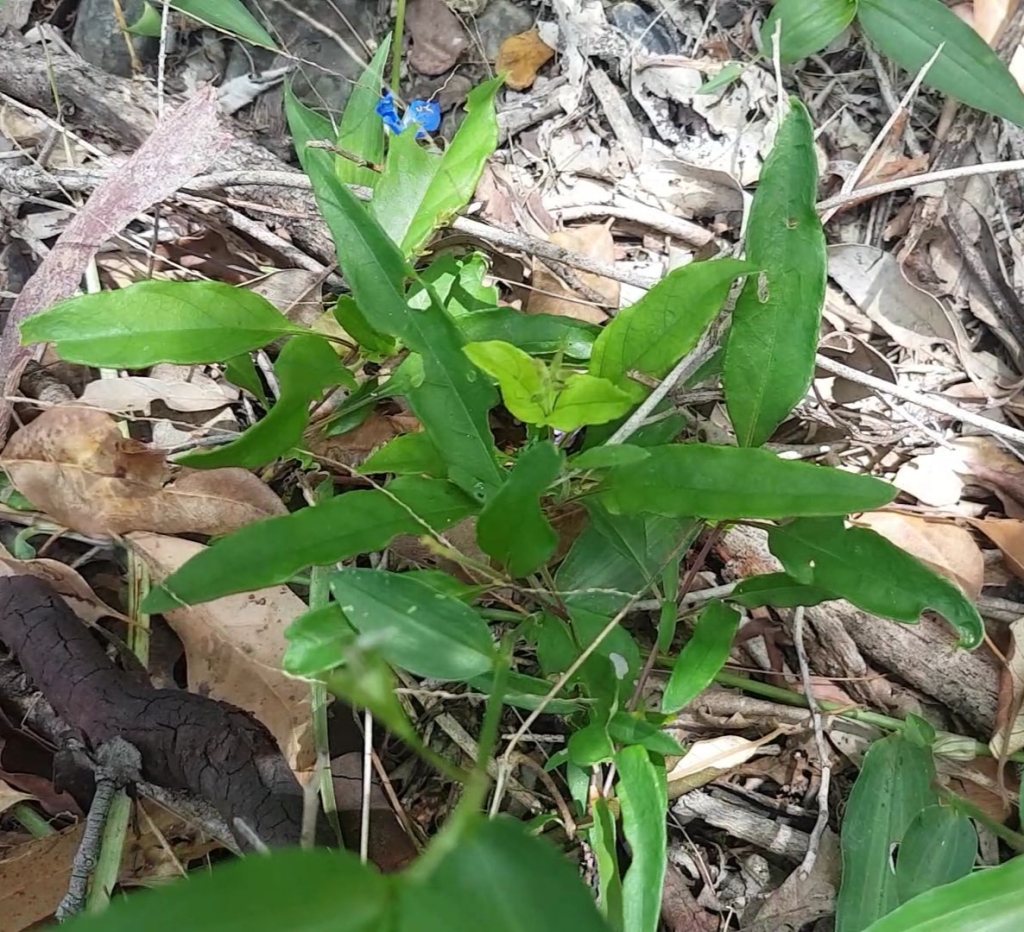
Hairy Wandering Jew or Hairy Creeping Christian is Commelina benghalensis, which is, according to the Queensland Land for Wildlife, like the natives on steroids. It is an effective invader and will smother other plants, as it is a quick growing and vigorous groundcover. It has naturalized in Queensland and Northern New South Wales, as well as some parts of the Northern Territory.
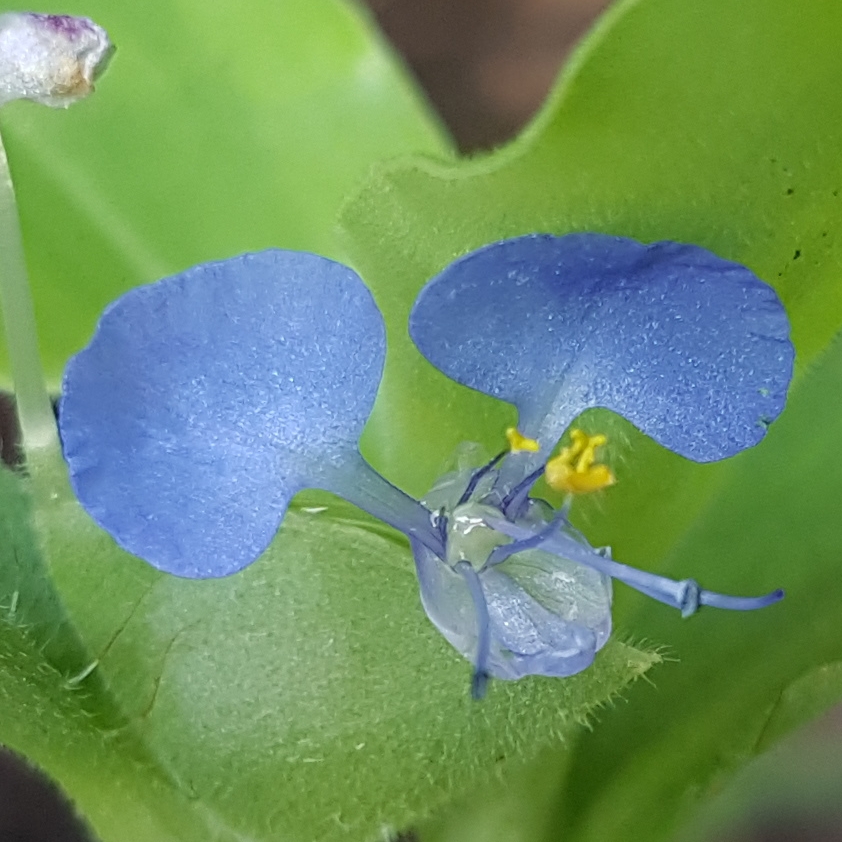
The other species found in South-East Queensland is Commelina lanceolata and it’s sometimes called Wandering Sailor and is easily confused when young with another Wandering Jew. It has much smaller leaves that are thin and pointed, hence the scientific name.

All of these plants will regrow, in the right conditions, from any stem segment and if you try to remove them by hand they break apart and leave segments in the soil. They root from every nodule that touches the soil. This is not necessarily a problem with the slower growing and less hardy natives, but the invasive Commelina has a tendency to survive dry periods and doesn’t die off as much in the cooler seasons. On my dam wall and in one of my gardens it’s become quite a problem, so I have been pulling it out. It soon resprouted in my weed pile so I will have to either bag and bin it or burn it. This is a shame because I like to reuse all the nutrients in my garden. The natives can also smother plants but only if the conditions are “just right”.

So, why the fuss? Because the native species are awesome. They’re a food source for lots of native marsupials like bandicoots, bettongs and kangaroos. They attract native bees and provide habitat for other invertebrates. They quickly cover and protect bare soil in disturbed areas as well as preventing soil erosion. They are long lived and apparently humans can eat it too. I’ve never tried it but the terminal buds and leaves are described as tasting like bitter lettuce. They can be eaten raw or cooked and are very high in vitamin C and other antioxidants. It has a history of being used medicinally as well. Having said all that, what I love most about this plant are the deep blue flowers!
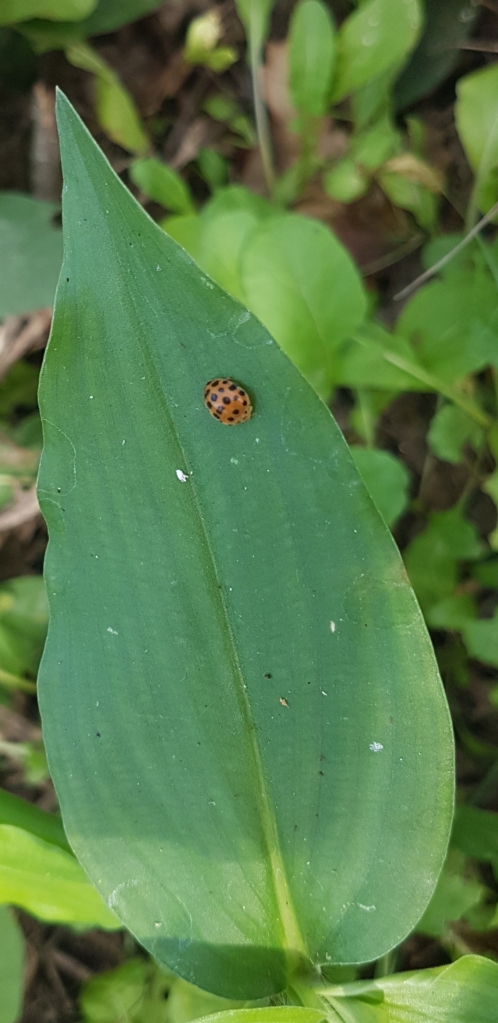
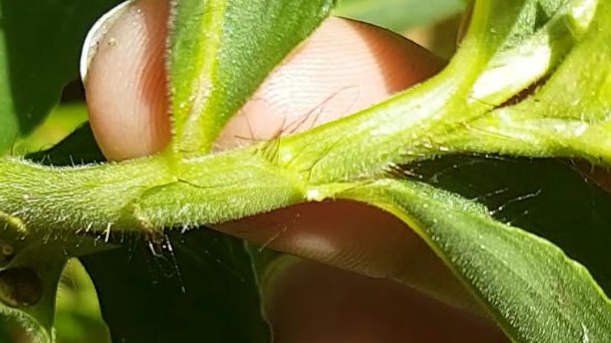
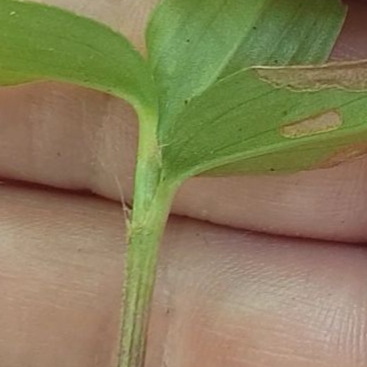
I have both the Commelina benghalensis and the Commelina diffusa on my block and I think I’ve found some Commelina lanceolata down the road. I am not confident about being able to distinguish the two native species yet but that’s not as important as being able to distinguish between the native and the invasive. I wouldn’t want to pull out the wrong one! The invasive species has brown or white hairs, but the native species can also have white hairs, so brown hairs indicate the invasive. If your plant has white hairs you’ll have to find a flower to work out whether it’s the invasive pest or the native groundcover. The native species have three petals of equal size, but the invasive pest has two larger petals and a small petal. Easy! Just make sure you check every day for flowers. They’re not called dayflowers for nothing and it took three days waiting for sections to flower for me to work out which patches were the friends and which were the foes.

If you’d like to know more about Commelina diffusa, read the Plant Profile here.
Wishing you many blue flowers with three petals of equal size,
janegrowsgardenrooms
Like to motivate Jane to keep writing? Buy her a coffee using this link. Or help her monetise her YouTube channel by subscribing and/or watching some of her videos.

Great Commelina article. Growing well with the wet!! Your comment about clearing the debris – if you have a mower with a catcher – mow it (in situ or in the heap) and catch the shreds – then compost! All the best
LikeLike